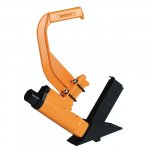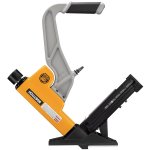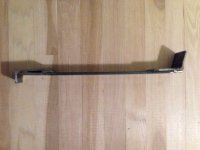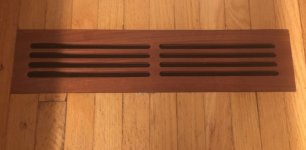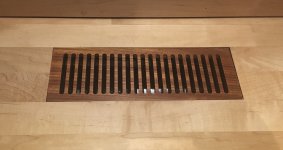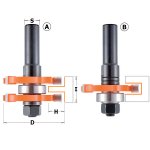I’ve owned and used a Bostitch floor stapler for the last 25-30 years. I’ve literally installed thousands upon thousands of square feet of 3/4” maple, oak, fir and Brazilian cherry flooring. I’ve never had an issue with it, just oil it LIGHTLY 3-4 times a day.
For getting close to walls I’ve used all or some of these methods, in this order, as you get closer & closer to the wall:
Close...A 15 gauge angle finish nailer through the tongue at 45º.
Closer yet...a palm nailer with finish nails placed in pre-drilled holes at 45º through the tongue.
Really close...a palm nailer/hammer with finish nails placed in pre-drilled holes at 60º-75º through the tongue. The hammer can now be used because the nail is now more vertical.
Right up against the wall...a 15 gauge angle finish nailer through the top of the flooring but close enough to the wall that the base/shoe will cover the nail heads. Angle the gun slightly, if the gun is vertical, you run the risk of splitting the last 1/4"-3/8" edge of the board.
I have also cut the red rosen paper 1/4" short and applied a small bead of PL-400 to the edge of the last floor board. Belt & suspenders... [tongue]
I'll add, that by following the methods outlined above, I've been successful in only having to top-nail the very last row of flooring.
Notes:
Make sure when using that finish nailer, palm nailer or hammer, to check that the nails are set properly. Sometimes they can be just slightly proud and will interfere with the fit of the last several rows of boards. Keep a nail set nearby. [big grin]
Also if you can't get a good wallop on the floor stapler because of the shrinking distance, you may only get a light mallet hit which will not full set the staple and you will need to set it by hand, both legs. It doesn’t happen often, but just keep it in mind.

